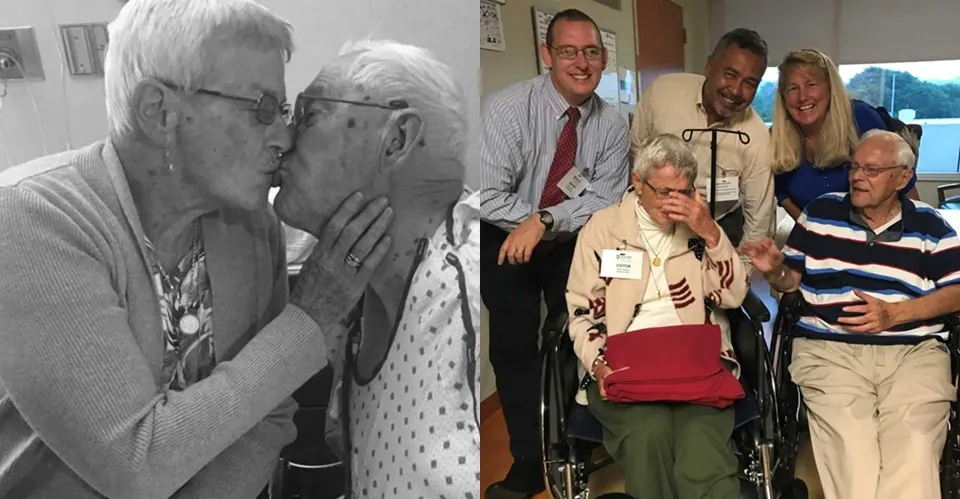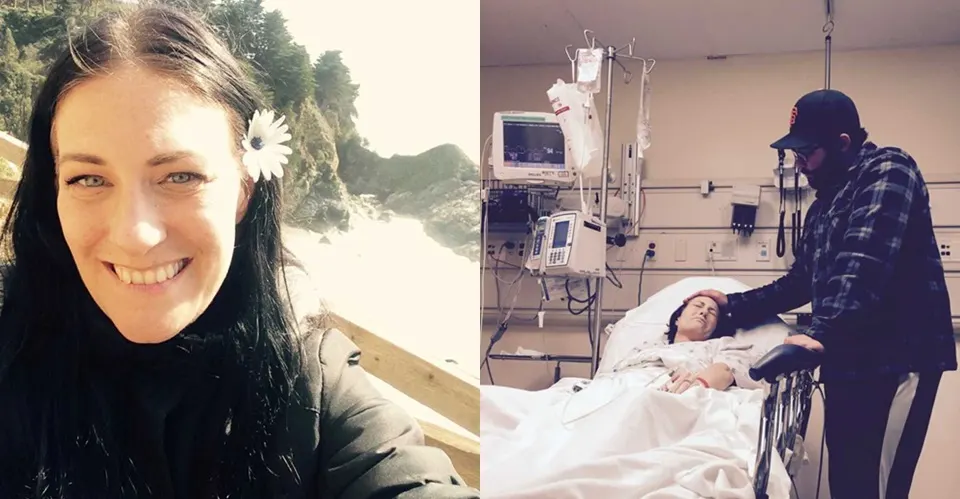When people talk about addiction, they often toss around cruel words, forgetting that behind the word addict is someone’s child. For one mom, that word became painfully personal the day she climbed a metal ladder in the middle of a storm and saw her daughter lying face down, barely clinging to life.
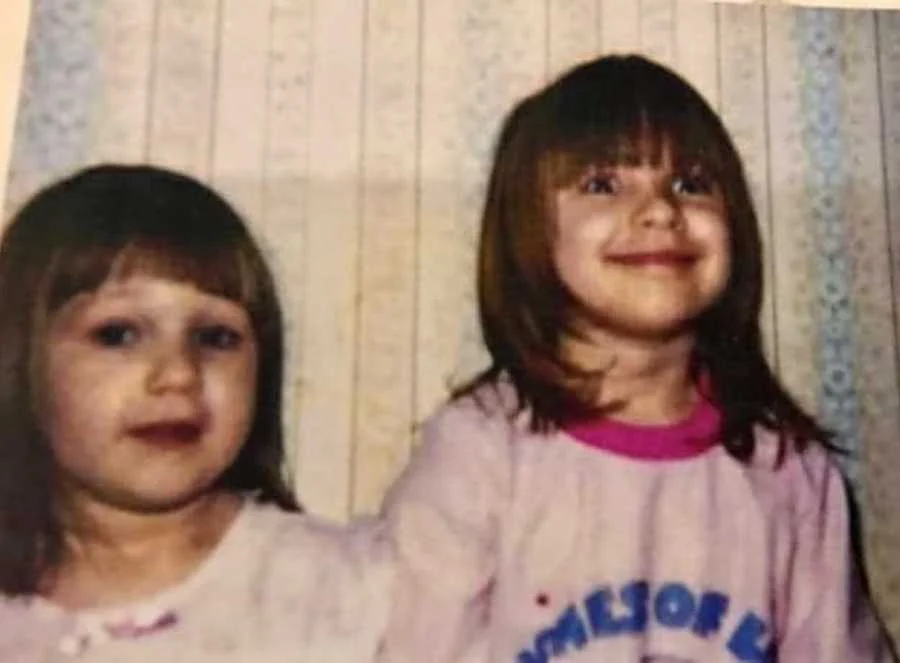
Her daughter Monica had once been a bright, happy teenager. She was a strong student, a loving sister, and someone who could light up a room with her smile. But life shifted when health issues led to a prescription for painkillers. What started as relief for physical pain became relief for emotional wounds, too, and soon those pills were gone faster than the refill slip could be written. The mom says she wishes she had noticed the signs sooner, but like many parents, she wanted to believe her daughter was okay. She saw everyday teenage struggles—sneaking out, hanging with boys, little rebellions—but she didn’t see how deep the addiction roots were growing.
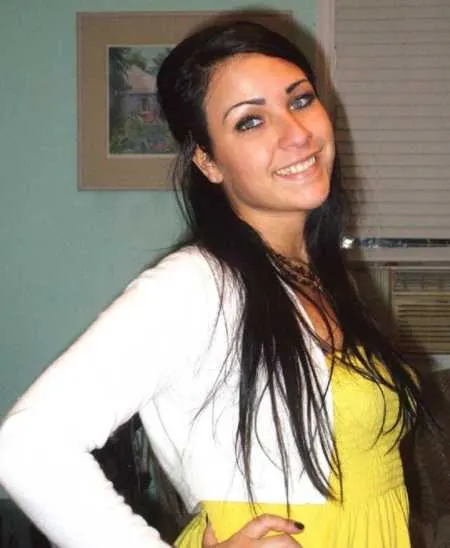
The spiral had tightened when Monica was in her early twenties. There were abusive relationships, manipulative partners who doubled as drug suppliers, and a family who loved her but didn’t know how to save her. Her younger sister eventually confessed she also struggled with opiates, proof that addiction doesn’t pick favorites. They were all raised the same, yet the disease grabbed hold differently. Then came the day that nearly ended everything. The mom had already trained with Narcan, the life-saving medication used to reverse overdoses. She never wanted to use it but kept it close, just in case. That “just in case” became reality when her daughter locked her bedroom door and went silent.
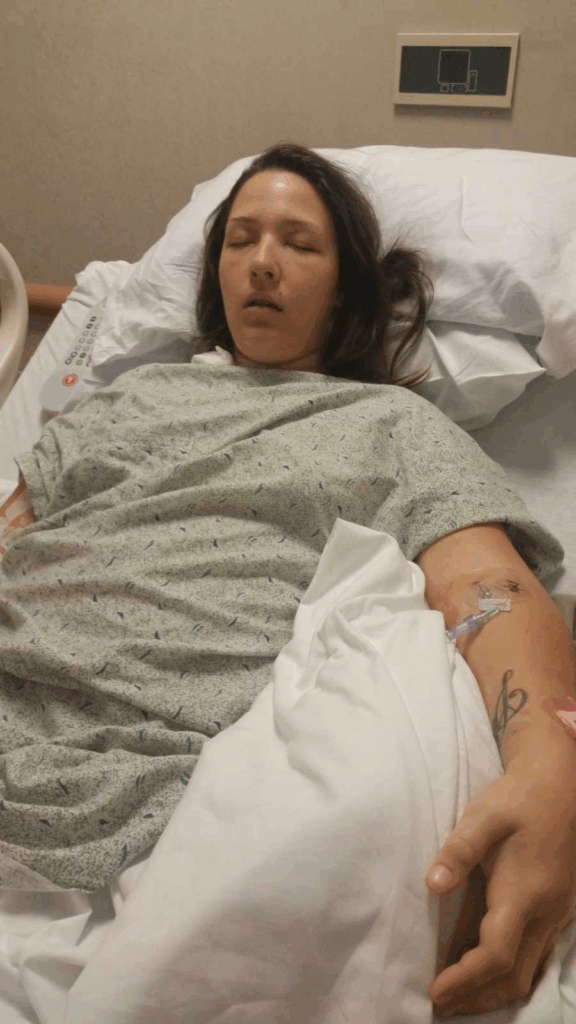
It was raining hard that day. Thunder shook the house as she dragged a ladder to Monica’s window. Looking inside, she saw her daughter’s body sprawled out, her skin gray and lips purple. Her son shouted from below, begging her not to climb, terrified she’d fall. And he was right—no one could use the Narcan if she fell. So she broke down the door instead. With shaking hands and a broken heart, she pulled Monica to the floor and began CPR. Her son handed her the Narcan. She prayed as she pushed it into her daughter’s system, desperate for even the smallest gasp of life.
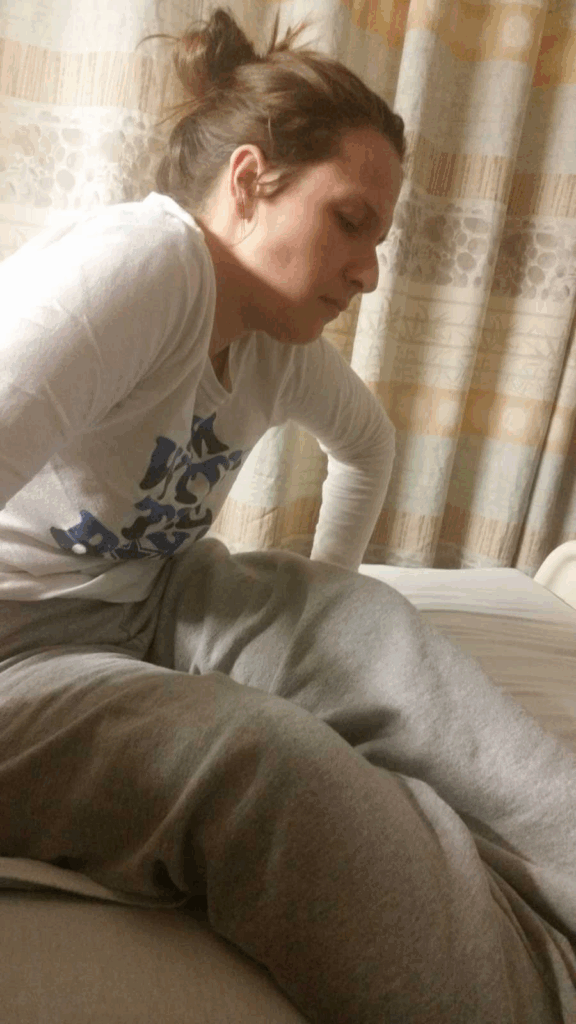
The ambulance took Monica away, but the nightmare didn’t end there. Doctors warned she wouldn’t make it through the night. She’d likely never walk, speak, or be the same if she did. She had suffered a stroke, a heart attack, and kidney and liver failure. Machines kept her alive while her family waited, prayed, begged for a miracle.
And somehow, the miracle came. Monica woke up. She wasn’t cured, far from it, but she was alive. She fought her way through surgeries, physical therapy, diapers, wheelchairs, and the humiliation of having her young body betray her. At twenty-five years old, she had to relearn how to walk, step by painful step. Her mom says it was heartbreaking, but also a blessing. Each shaky movement was proof she was still here.
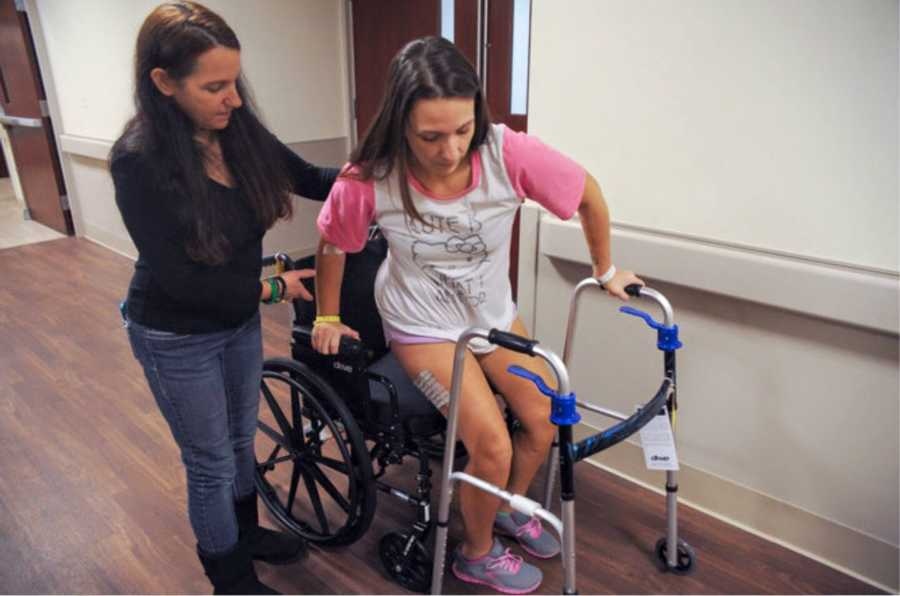
It wasn’t just medicine or rehab that helped Monica heal; it was also purpose. When she brought home a golden retriever puppy named Stella, something shifted. Caring for Stella forced her to get up, move, and keep going. The dog became her anchor, a reminder that life could still hold joy. Years later, Monica and her mom use their story to speak at schools, hospitals, and recovery forums. They tell kids that addiction isn’t just a matter of life or death—sometimes it’s the gray in between, the stroke, the wheelchair, the slow crawl back to something that resembles normal.
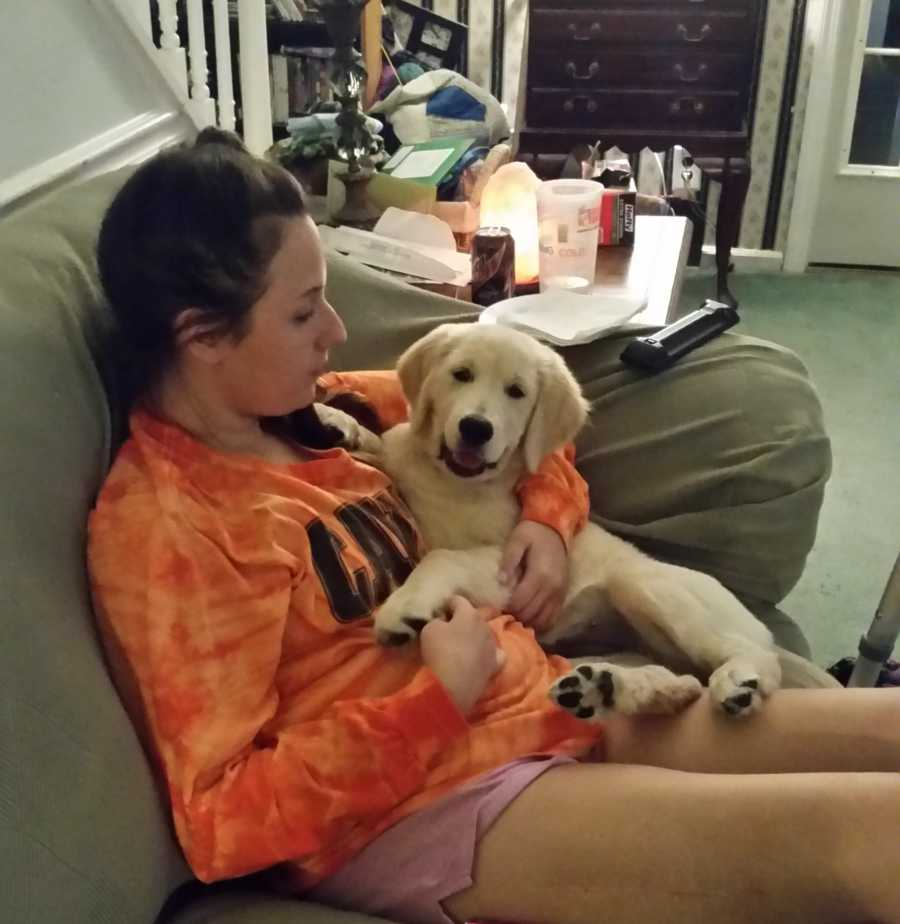
The mom never forgets the image of that stormy day, the ladder against the window, her daughter’s lifeless body. But she also never forgets the sound of her daughter’s voice returning, the sight of her walking again, and the wag of Stella’s tail pulling Monica forward. Her message is simple: addiction is not a moral failing, it is a disease. And Narcan, education, and compassion can mean the difference between a funeral and a second chance.


